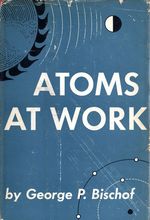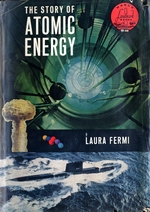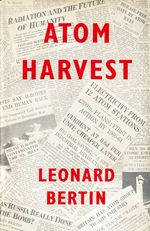From the late 1940s through the 1960s, a quiet debate raged between writers working to keep the American public abreast of major scientific discoveries and speculators inventing wild technological advances in order to sell magazines and books.
Many authors attempted to find a balance between the two. In his 1945 text Atomic Energy in the Coming Era, David Dietz provided an accurate description of atomic history and then offered a few conjectures on its future. He wrote, "We must realize that atomic energy will eventually furnish the motive power for airplanes and rockets and because of the low weight of this type of fuel, the planes and rockets will have unlimited range."1
The genre of speculative fiction had largely died out by the 1970s. The Cold War had become a way of being and nuclear research had failed to deliver on any number of promises, both big and small.
The American public, in turn, had become disenchanted with the idea of atomic cars and weapons. The nuclear speculation of the late-twentieth century came to represent the distrust and apprehension surrounding atomic weapons, often depicted through visions of an apocalypse that never arrived.
Notes
1186. Dietz, David. Atomic Energy in the Coming Era. New York: Dodd, Mead. 1945. QC173 .D5. Cited passage appears on page 202. Return to text ↑




